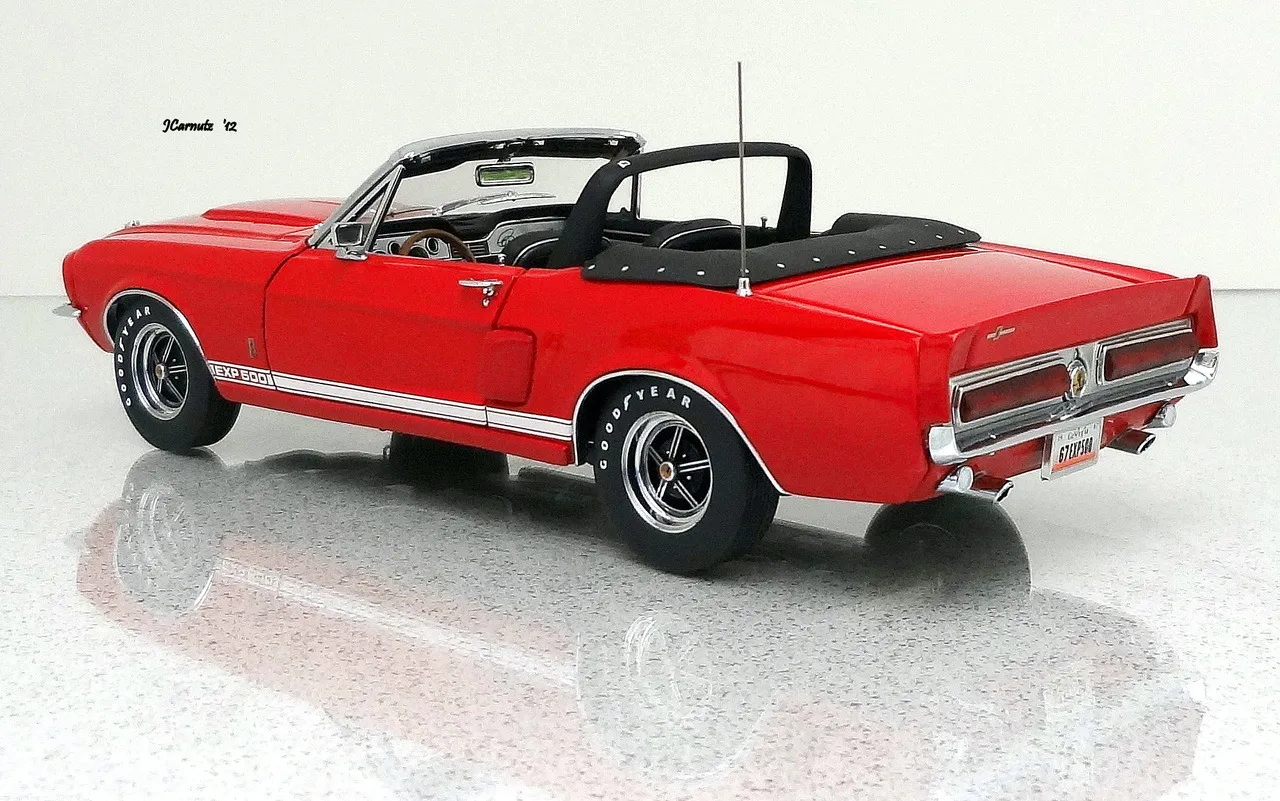The Allure of Ford Mustang Convertible Diecast
The world of diecast collecting is vast and varied, with enthusiasts drawn to different scales, eras, and subjects. Among the most popular and sought-after models are the Ford Mustang convertibles, especially those from the iconic 1960s. These miniature replicas capture the essence of a bygone era, representing not just a car, but a piece of automotive history. The Ford Mustang convertible diecast models appeal to a broad audience, including car enthusiasts, history buffs, and collectors seeking to own a tangible piece of American culture. The appeal lies in the intricate details, the nostalgia they evoke, and the potential for investment.
Why Collect Ford Mustang Diecast Convertibles
Collecting diecast Ford Mustang convertibles offers several compelling advantages. Firstly, these models provide an accessible and affordable way to own a piece of automotive history. Unlike owning a full-size classic car, diecast models require a minimal investment, allowing collectors to build impressive collections without significant financial strain. Secondly, diecast collecting fosters a sense of community. Collectors often share their passion through online forums, clubs, and events, where they exchange knowledge, trade models, and celebrate their shared interests. Furthermore, collecting these models can be an engaging and educational hobby. Collectors delve into the history of the Mustang, learning about its design, production, and impact on society. Finally, the investment potential of rare or limited-edition models adds another layer of appeal. Certain models appreciate in value over time, making collecting a potentially lucrative endeavor.
The 1967 Ford Mustang Convertible Diecast
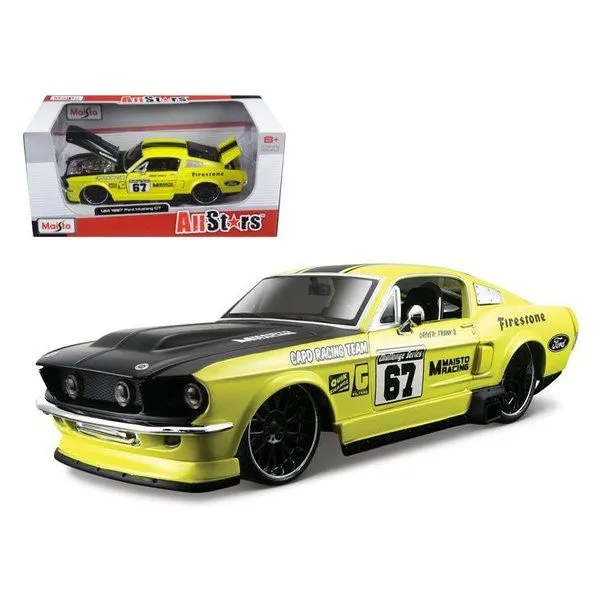
The 1967 Ford Mustang convertible holds a special place in the hearts of car enthusiasts, and its diecast counterparts are highly prized. This year marked significant design changes for the Mustang, making the diecast models particularly appealing to collectors. The ‘67 Mustang boasted a longer body, a more aggressive front end, and a wider stance, all of which are meticulously recreated in diecast form. These models allow collectors to appreciate the evolution of the Mustang’s design and the craftsmanship of the era. The 1967 model often features intricate details, such as realistic engine compartments, detailed interiors, and accurate paint finishes, making them a standout piece in any collection. The availability of various scales and manufacturers provides collectors with numerous options to choose from when building their collections.
Details and Features of the 1967 Model
The level of detail found in 1967 Ford Mustang convertible diecast models is truly remarkable. Manufacturers go to great lengths to replicate every aspect of the original car. This includes the exterior, with its iconic body lines, chrome accents, and accurate paint colors. Many models feature opening doors, hoods, and trunks, revealing detailed engine compartments and interiors. The interiors often include accurate seats, dashboards, steering wheels, and even seatbelts. Wheels and tires are also carefully crafted to match the original specifications. These details enhance the collectibility of the models and allow enthusiasts to appreciate the craftsmanship involved in their creation. Some high-end models incorporate additional features, such as working headlights and steering, further enhancing their realism and value.
Materials and Manufacturing
Diecast models are primarily made from a zinc alloy, which allows for intricate detailing and durability. This alloy, commonly referred to as diecast metal, is injected into molds under high pressure to create the car’s body. The manufacturing process involves several steps, from the initial mold design to the final assembly and painting. After the metal body is cast, it undergoes various finishing processes, including polishing, priming, and painting. Paint colors are carefully chosen to match the original car’s specifications. The interior components, such as seats, dashboards, and steering wheels, are typically made from plastic or other synthetic materials. These parts are often meticulously detailed and assembled to create a realistic interior. Quality diecast models undergo rigorous quality control to ensure that all parts fit together properly and that the final product meets the desired standards.
Scale and Accuracy
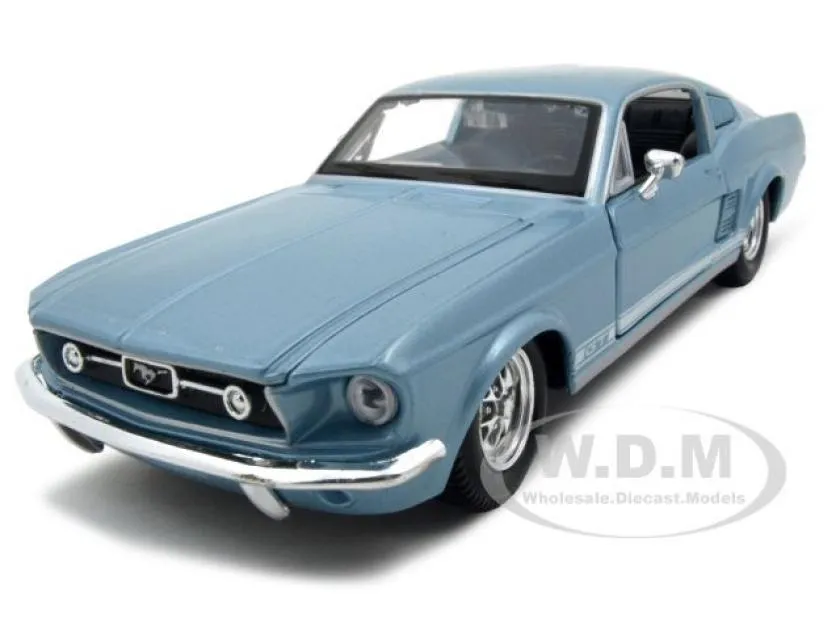
Diecast models come in various scales, with the most popular being 1:18, 1:24, and 1:43. The scale refers to the ratio between the model’s size and the size of the original car. For example, a 1:18 scale model is 1/18th the size of the real car. The scale determines the level of detail that can be incorporated into the model. Larger scales, such as 1:18, allow for more intricate features and details, making them highly sought after by collectors. Accuracy is crucial in diecast model manufacturing. Manufacturers use original car specifications, blueprints, and photographs to ensure that their models accurately represent the original vehicle. This includes the car’s dimensions, body lines, interior details, and paint colors. Collectors often appreciate models that are faithful to the original car, as these models provide a more authentic and enjoyable collecting experience.
Rare and Valuable Diecast Mustang Convertibles
Certain 1967 Ford Mustang convertible diecast models are considered rare and highly valuable. These models are often limited editions, produced in small quantities, or feature unique details that set them apart. Rarity can be determined by several factors, including the manufacturer, the model’s production run, and the availability of specific features or paint schemes. Limited-edition models, often produced to commemorate special events or anniversaries, are particularly sought after. Models with unique features, such as special paint colors, customized interiors, or exclusive detailing, can also command a premium. The value of a diecast model is determined by its rarity, condition, and market demand. Collectors are always on the lookout for these rare and valuable models, as they represent both a valuable addition to their collection and a potential investment.
Identifying Rarity in Diecast Models
Identifying the rarity of a diecast model requires research and knowledge. Collectors often rely on information from manufacturers, online forums, and collecting guides to determine a model’s rarity. Key factors to consider include the model’s production run, the manufacturer’s reputation, and the availability of specific features. Limited-edition models are typically marked with a serial number or a certificate of authenticity, which can confirm their rarity. Collectors also examine the model’s condition, as a model in mint condition is generally more valuable. The paint finish, detailing, and overall appearance are critical indicators of a model’s value. Researching the model’s history and comparing it to other models in the market can provide valuable insights into its rarity. The more information a collector has, the better equipped they are to determine the true value of a diecast model.
Limited Editions and Special Releases
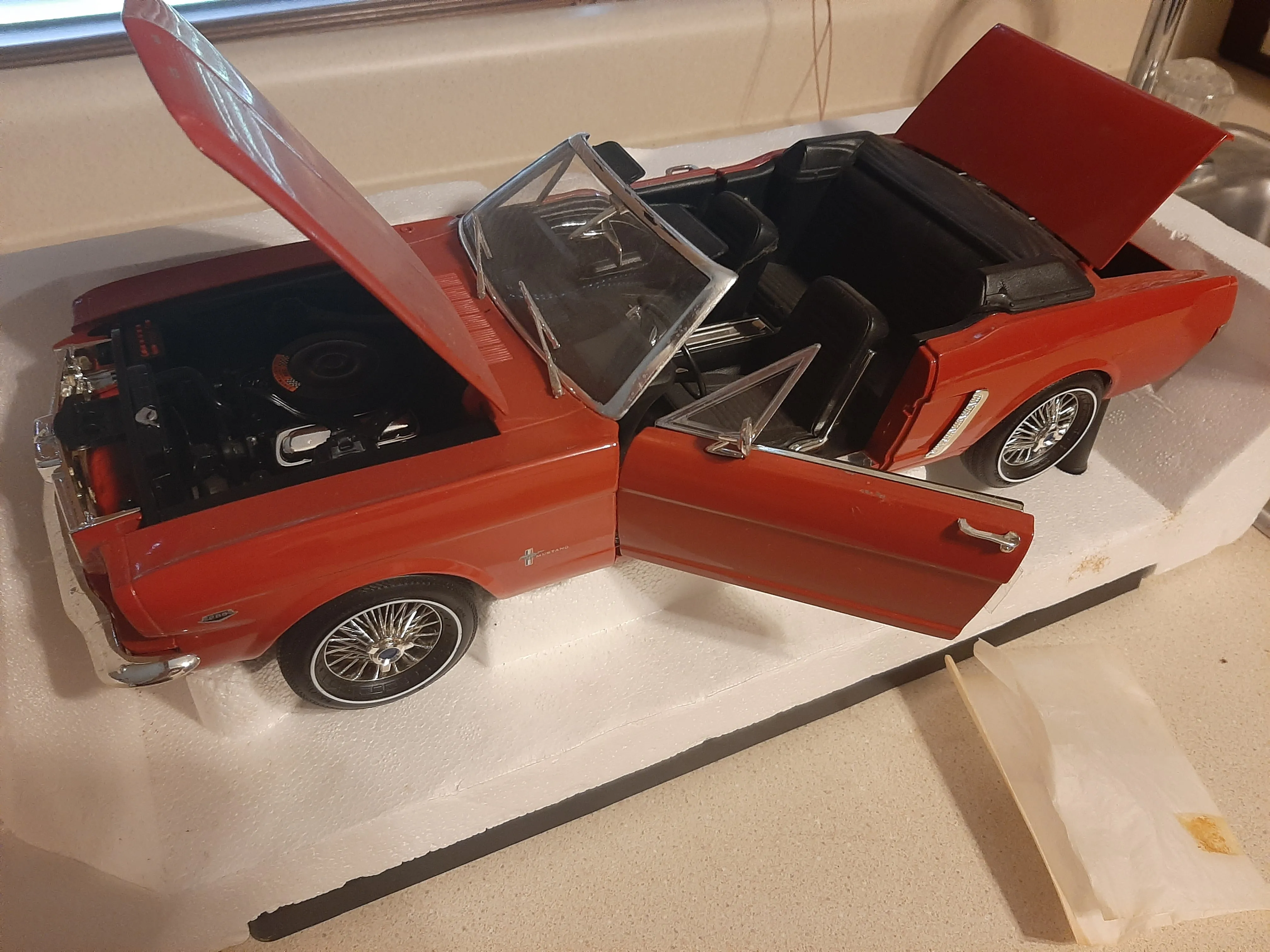
Limited editions and special releases are highly prized by diecast collectors. These models are often produced to commemorate specific events, anniversaries, or collaborations with car manufacturers. Limited editions are usually produced in a specific number, which is often stated on the model or its packaging. Special releases may feature unique paint schemes, custom interiors, or other exclusive details that distinguish them from standard models. These models are highly sought after, as they represent a unique piece of automotive history and a valuable addition to any collection. Collectors are always eager to acquire limited-edition models, as they often appreciate in value over time. The availability of these models is often limited, making them a challenge to find and acquire. The rarity and uniqueness of limited editions make them a centerpiece of many collections.
Collecting Tips for Ford Mustang Diecast
Starting a diecast Ford Mustang convertible collection can be a rewarding hobby. Beginners should start by researching different manufacturers, scales, and models to determine their interests. Setting a budget and sticking to it is crucial, as collecting can quickly become expensive. Consider focusing on a specific era, such as the 1967 model, or a specific manufacturer. Buying models in good condition is essential to preserving their value. Inspect the model carefully for any imperfections, such as scratches, dents, or missing parts. Networking with other collectors is beneficial, as they can provide valuable information, tips, and access to rare models. Attending car shows and diecast events is a great way to meet other collectors and expand your knowledge. Finally, enjoy the process of collecting and display your collection with pride.
Where to Find Diecast Mustang Convertibles
Diecast Ford Mustang convertibles can be found in various places. Local hobby shops and collectible stores are a great place to start, as they often carry a selection of models. Online marketplaces, such as eBay and online diecast stores, offer a vast selection of models, including rare and hard-to-find items. Car shows and swap meets are also excellent venues for finding diecast models, as collectors often sell and trade models at these events. Consider joining online forums and social media groups dedicated to diecast collecting. These communities can provide information on where to find specific models and tips on buying and selling. Always research sellers and check their feedback before making a purchase, especially online. Building relationships with reputable sellers and collectors can greatly enhance your collecting experience.
Condition and Preservation of Diecast Models
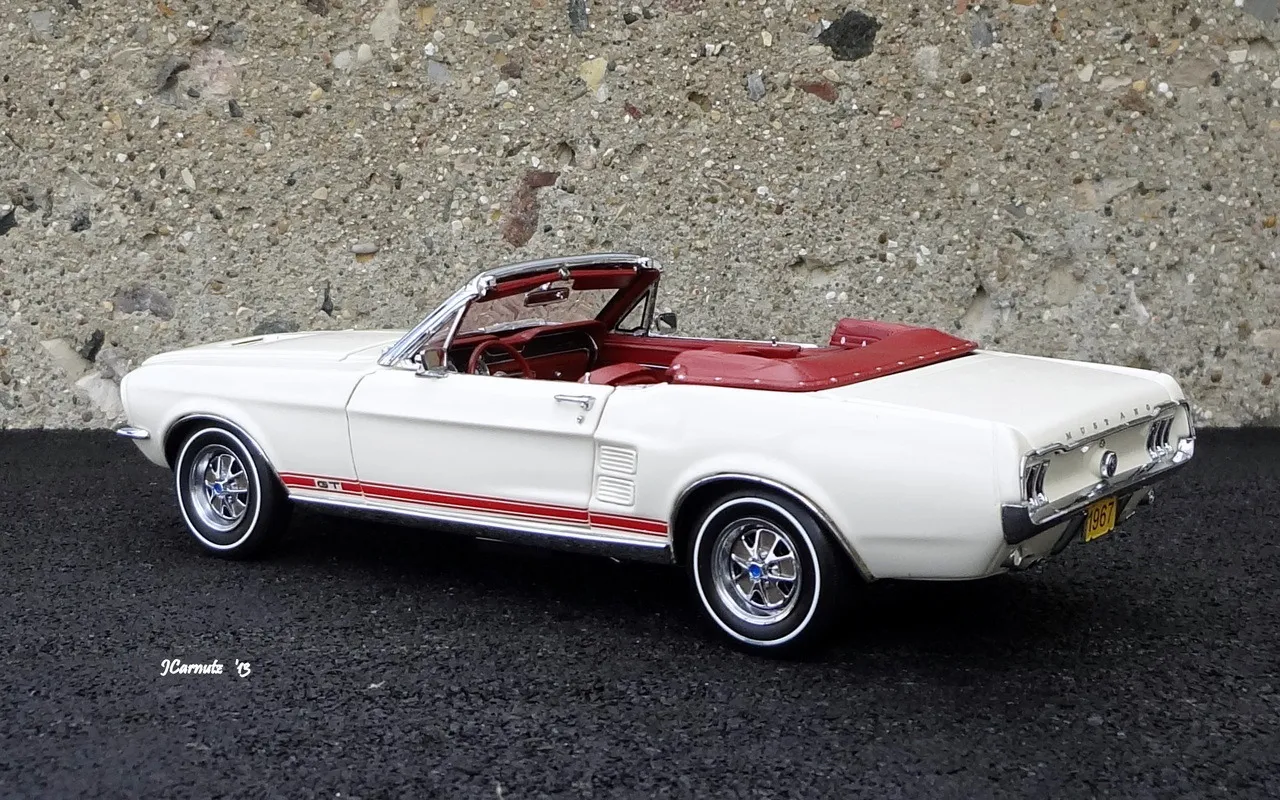
Maintaining the condition of your diecast models is crucial to preserving their value. Store models in a cool, dry place, away from direct sunlight and extreme temperatures. Exposure to sunlight can fade the paint and damage the model. Consider using display cases or protective packaging to shield your models from dust and damage. Regularly clean your models using a soft cloth and a mild cleaning solution. Avoid using harsh chemicals or abrasive cleaners, as they can damage the paint. Handle your models with care, avoiding excessive touching or dropping. If you plan to display your models, consider rotating them periodically to prevent any single model from being exposed to light or dust for extended periods. Careful handling and storage will help ensure your models remain in excellent condition for years to come.
Displaying Your Ford Mustang Collection
Displaying your diecast Ford Mustang collection is a great way to showcase your passion and share your collection with others. Choose display cases that complement your collection and protect your models from dust and damage. Consider arranging your models by scale, manufacturer, or year. Lighting can enhance the visual appeal of your collection. Use spotlights or LED lighting to highlight the details of your models. Adding backdrops or themed displays can enhance the presentation of your collection. You can create a diorama to display your Mustang diecast, such as a garage scene. Experiment with different display arrangements to find what best suits your taste and the size of your collection. Regularly update your display as your collection grows, and most importantly, enjoy your display!
Maintenance and Cleaning
Regular maintenance and cleaning are essential for preserving the appearance and value of your diecast models. Dust your models regularly using a soft brush or a microfiber cloth. Avoid using water or cleaning solutions directly on your models. If cleaning is necessary, use a slightly damp cloth with a mild detergent. Carefully wipe the model’s surface, paying attention to the details and avoiding excessive pressure. For detailed areas, use cotton swabs or small brushes to remove dust and debris. Avoid using harsh chemicals or solvents, as they can damage the paint and finishes. After cleaning, allow the model to dry completely before storing it. Regular maintenance will keep your models looking their best and help maintain their value over time. Proper cleaning is important for the longevity of your Ford Mustang diecast models.
The Future of Ford Mustang Diecast Collectibles
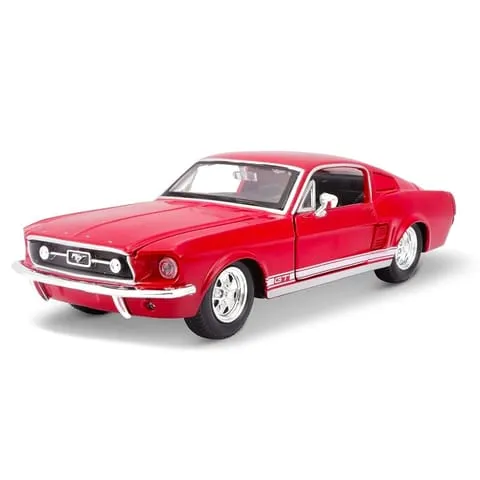
The future of Ford Mustang diecast collectibles remains bright. The enduring popularity of the Ford Mustang, coupled with the growing interest in diecast collecting, ensures that these models will continue to be in demand. New models, representing the latest Mustang designs and special editions, will continue to be released, attracting new collectors and enthusiasts. Advancements in manufacturing technology may lead to even more detailed and realistic models in the future. The increasing availability of online resources and communities will also contribute to the growth of the diecast collecting hobby. The Ford Mustang’s legacy as an automotive icon will continue to fuel the passion for collecting these miniature masterpieces. The future looks promising for collectors, with new models and innovations on the horizon. The value and significance of the Ford Mustang convertible diecast will persist, making it a timeless collecting area.
